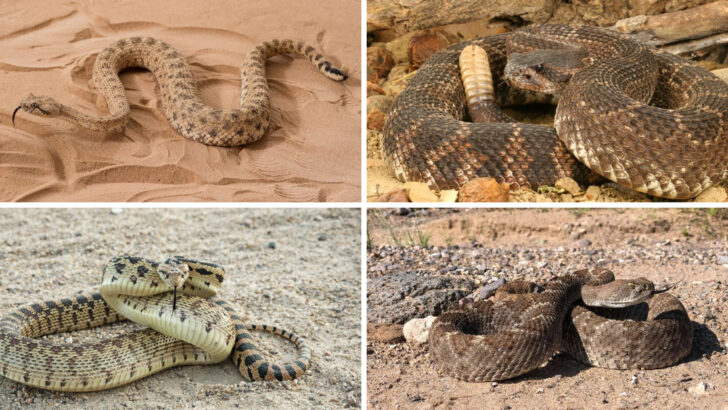Rattlesnakes are everywhere—lurking in the tall grass, sunbathing on rocky trails, and coiled beneath logs, waiting for their next meal. Love them or fear them, these fascinating reptiles are a signature of the American wild. And in some states, they rule the land.
From the sun-scorched deserts of Arizona to the humid forests of Georgia, rattlesnakes thrive in a variety of habitats. Some states are home to just a few species, while others host a full-on rattlesnake paradise, packed with different colors, sizes, and patterns. Whether you’re hiking, camping, or just enjoying nature, there’s always a chance you’ll cross paths with one of these legendary pit vipers.
Before you panic, remember—rattlesnakes aren’t out to get you. They’re masters of balance, keeping rodent populations in check and playing a key role in their ecosystems. So, where are you most likely to spot one? Let’s take a look at the top 18 states where rattlesnakes slither in abundance.
Arizona
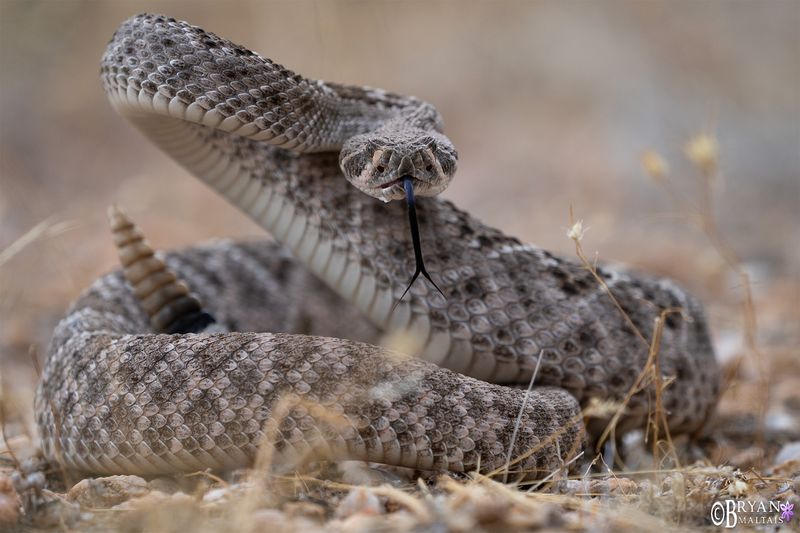
Arizona is a rattlesnake haven, featuring 13 species, including the Western Diamondback. This state’s diverse habitats, from desert plains to mountainous regions, make it ideal for these snakes. In the arid desert, rattlesnakes find ample opportunities to hunt.
Many visitors explore Arizona’s natural beauty, often encountering these reptiles in national parks or hiking trails. Visitors are advised to stay on marked paths to avoid unwanted encounters. Always carry a walking stick to rustle in bushes ahead.
Rattlesnakes play a crucial role in controlling rodent populations, contributing to the ecological balance.
Texas
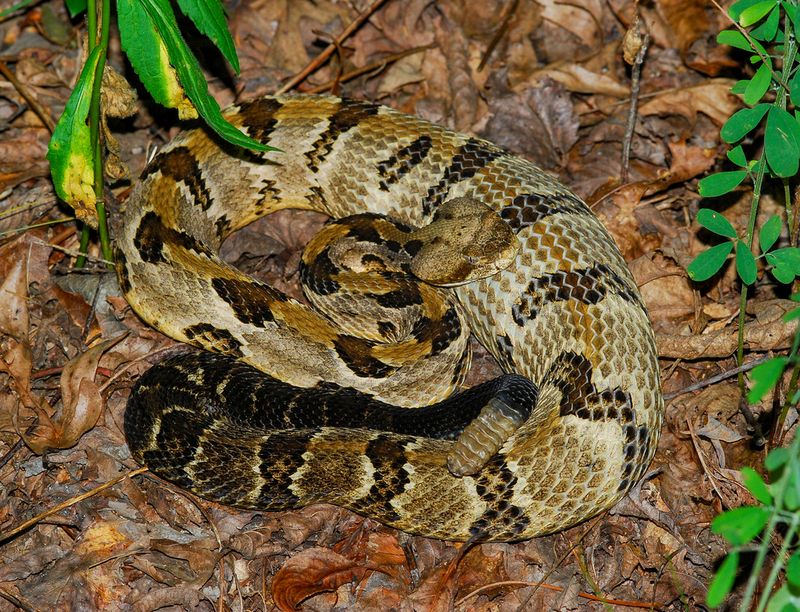
Texas is home to nine rattlesnake species, offering a variety of environments from pine forests to dry plains. The Timber Rattlesnake, noted for its striking patterns, is a common sight.
Hikers often spot these reptiles basking in the sun. It’s essential to watch your step and listen for their signature rattle, a natural warning system. Carrying a flashlight during evening walks can prevent accidental encounters.
Rattlesnakes in Texas help keep rodent populations under control, making them an important part of the ecosystem.
California
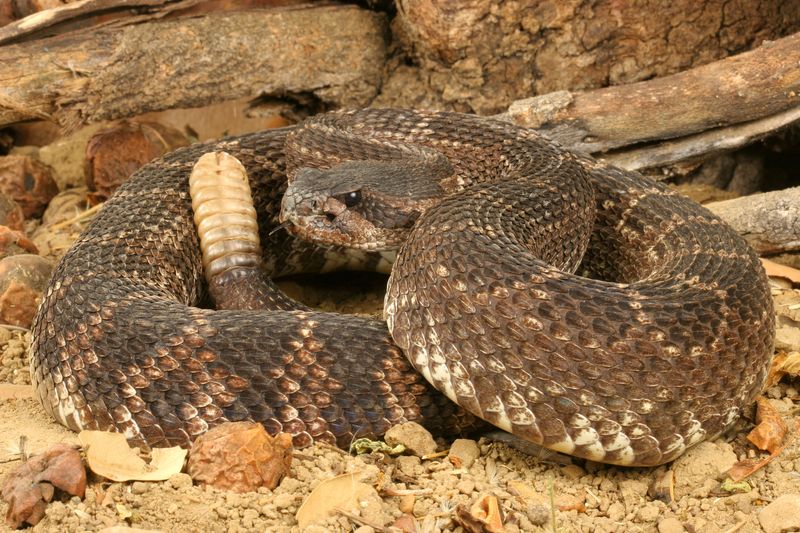
California hosts a variety of rattlesnakes, such as the Pacific Rattlesnake, thriving in its warm climate. From coastal areas to arid deserts, these snakes adapt well to diverse ecosystems.
Outdoor enthusiasts often encounter them on trails. Staying alert and respecting their space ensures safety for hikers and snakes alike. Wearing boots and keeping to open paths minimizes risks.
Rattlesnakes play a significant ecological role by managing the populations of small mammals and keeping the balance in their ecosystems.
New Mexico

New Mexico provides a perfect habitat for rattlesnakes, including the Prairie Rattlesnake. Its varied landscapes, from deserts to high plains, support these adaptable reptiles.
The dry climate and open spaces offer rattlesnakes prime hunting grounds. If you’re hiking, always stay vigilant, especially near rocks and bushes where they might hide.
Rattlesnakes are vital for controlling pest populations, contributing to the health of their ecosystems. Observing these creatures from a respectful distance allows for a safe and enriching experience.
Florida
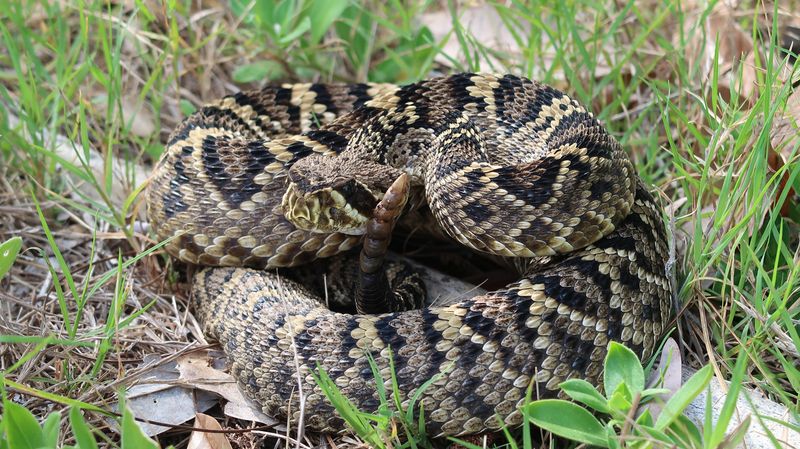
Florida boasts a rich array of wildlife, including the Eastern Diamondback Rattlesnake, one of the largest rattlesnake species. Its expansive marshlands and forests make perfect homes for these snakes.
When exploring Florida’s natural environments, it’s important to be aware of your surroundings. Use caution when moving through dense vegetation and avoid reaching into unknown areas.
Eastern Diamondbacks play an essential role in the ecosystem by controlling populations of small animals, ensuring a balanced natural environment.
Georgia
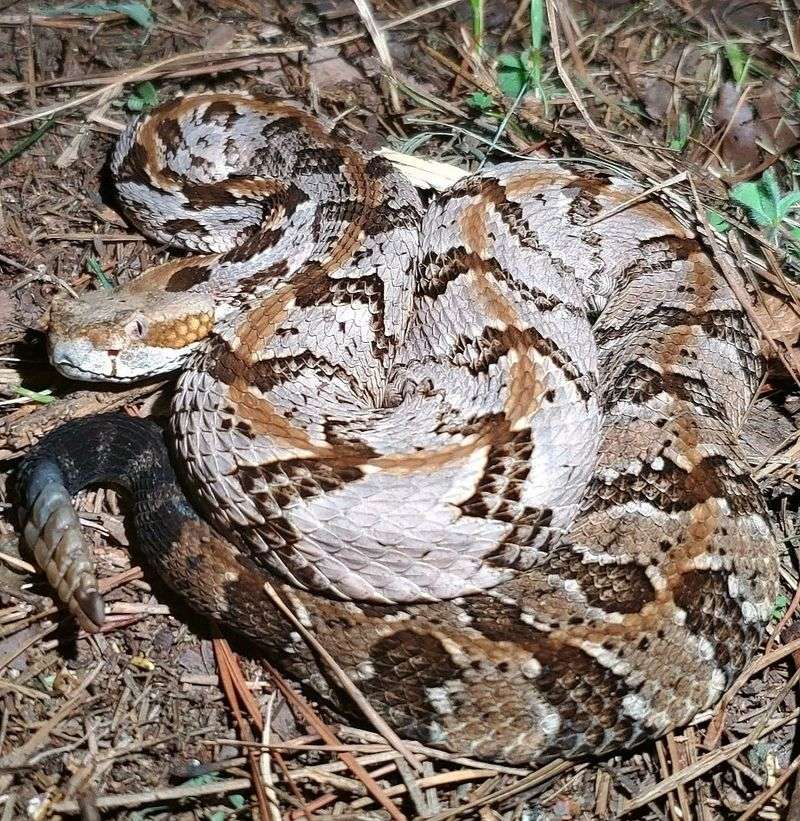
Georgia is home to several rattlesnake species, including the Canebrake Rattlesnake. These snakes favor the state’s warm, humid climate and dense forests.
Hikers in Georgia might encounter these snakes basking on trails or in open areas. Observing them from a distance and giving them space is key to peaceful coexistence.
Rattlesnakes in Georgia are crucial for maintaining the balance of nature, as they help control rodent populations effectively.
Nevada

Nevada’s arid deserts and rugged landscapes are ideal for rattlesnakes, such as the Sidewinder. This snake’s unique sidewinding motion helps it traverse sandy terrains efficiently.
In Nevada, these snakes are often seen near rocks and shrubs. Always watch your step and listen for the rustling sound that indicates their presence.
Rattlesnakes play a pivotal role in maintaining ecological balance by controlling the numbers of small mammals, benefiting the ecosystem as a whole.
Utah

Utah, with its canyons and plateaus, provides a perfect setting for rattlesnakes like the Great Basin Rattlesnake. They thrive in its varied terrains.
Outdoor activities in Utah often lead to encounters with these snakes. Wearing appropriate footwear and staying on trails reduces the risk of bites.
Rattlesnakes contribute significantly to the ecosystem by keeping prey populations in check, thus supporting biodiversity.
Alabama
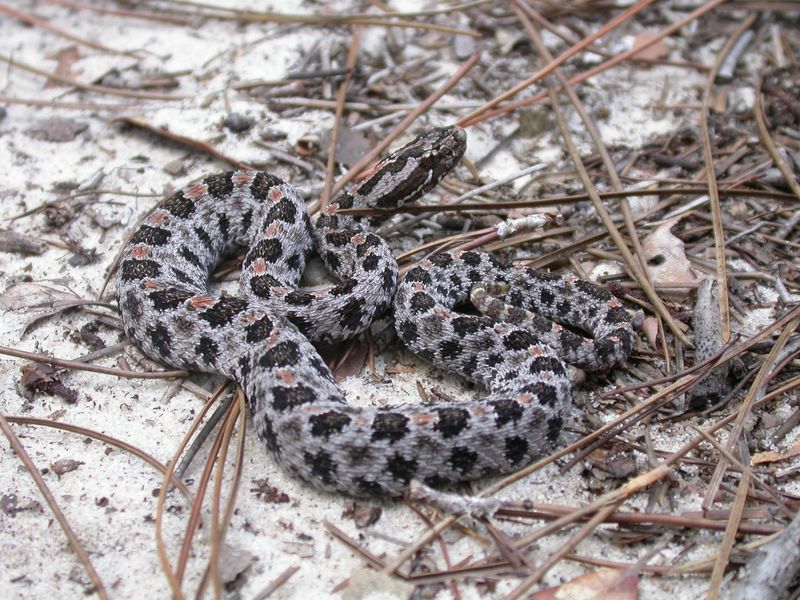
Alabama’s warm climate and diverse habitats make it a suitable environment for rattlesnakes, including the Pygmy Rattlesnake. These small snakes are often found in wooded areas.
When walking through Alabama’s forests, be mindful of your surroundings. Keeping to clear paths and wearing sturdy shoes helps avoid encounters.
Rattlesnakes in Alabama help control the numbers of pests, playing an essential role in natural pest management and maintaining ecological balance.
Oklahoma
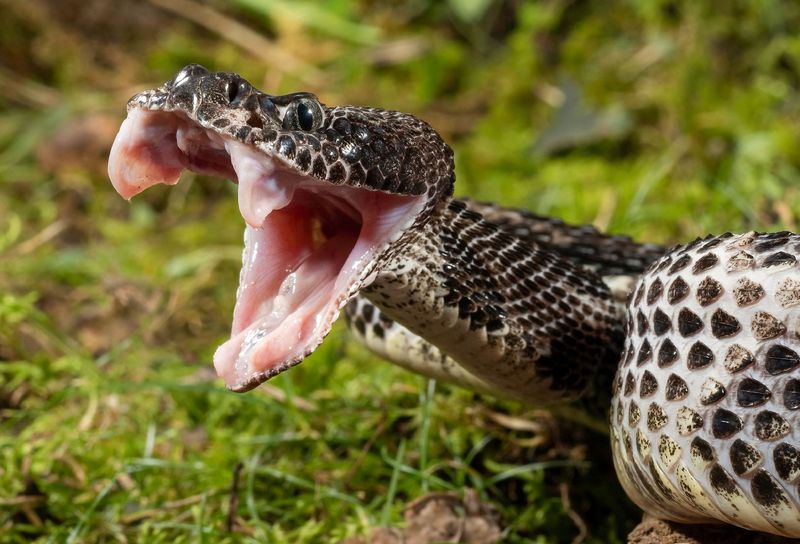
Oklahoma’s prairies and forests are home to rattlesnakes like the Western Massasauga. These habitats provide the perfect conditions for these reptiles.
While enjoying the outdoors, take care when walking through grassy areas. Listening for the rattling sound is crucial to prevent surprise encounters.
Rattlesnakes in Oklahoma are vital for controlling pests, contributing to the health and balance of the ecosystem. Observing them from a safe distance ensures mutual safety.
Arkansas
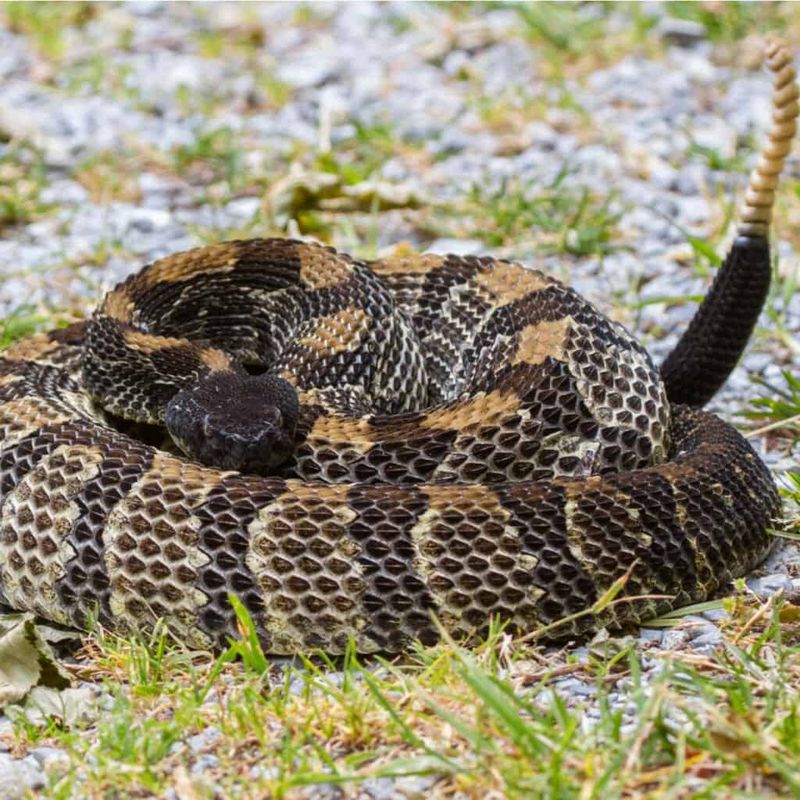
Arkansas, with its forests and hills, offers a welcoming environment for Timber Rattlesnakes. These snakes are well-camouflaged and often blend into their surroundings.
Hiking in Arkansas requires vigilance. Watching where you step and staying on designated trails can prevent unwanted close encounters.
Rattlesnakes provide essential ecological services by controlling rodent populations, which helps keep ecosystems in balance and supports biodiversity.
North Carolina
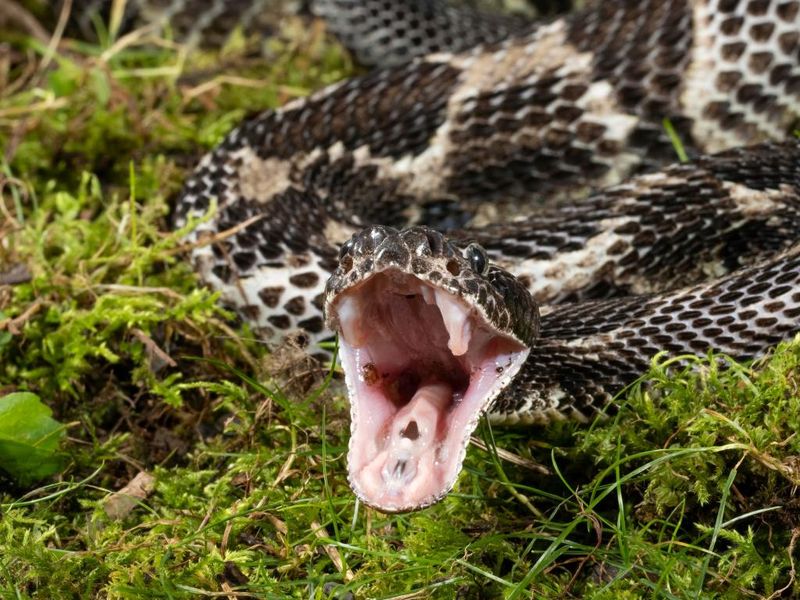
North Carolina’s mountains and forests are home to the Timber Rattlesnake, thriving in its cooler climates. These snakes are often found sunning themselves on rocks.
Hikers should stay alert, as these reptiles blend into the landscape. Wearing boots and sticking to paths minimizes the risk of bites.
Rattlesnakes in North Carolina are crucial for maintaining ecological balance by controlling pest populations sustainably.
South Carolina
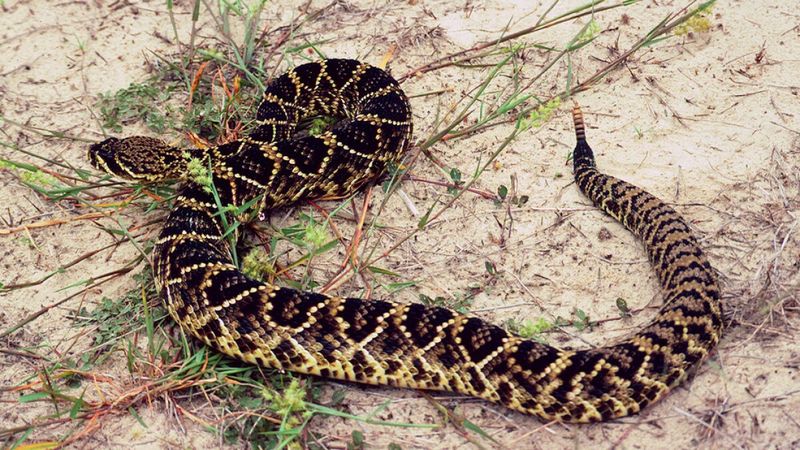
South Carolina hosts rattlesnakes such as the Eastern Diamondback, preferring its coastal areas and palmetto forests. These habitats provide ample food and shelter.
Visitors to South Carolina should be cautious near dunes and brushy areas. Listening for rattles and watching your step ensures safe exploration.
Rattlesnakes help manage wildlife populations, maintaining ecological balance and supporting the health of the environment.
Tennessee
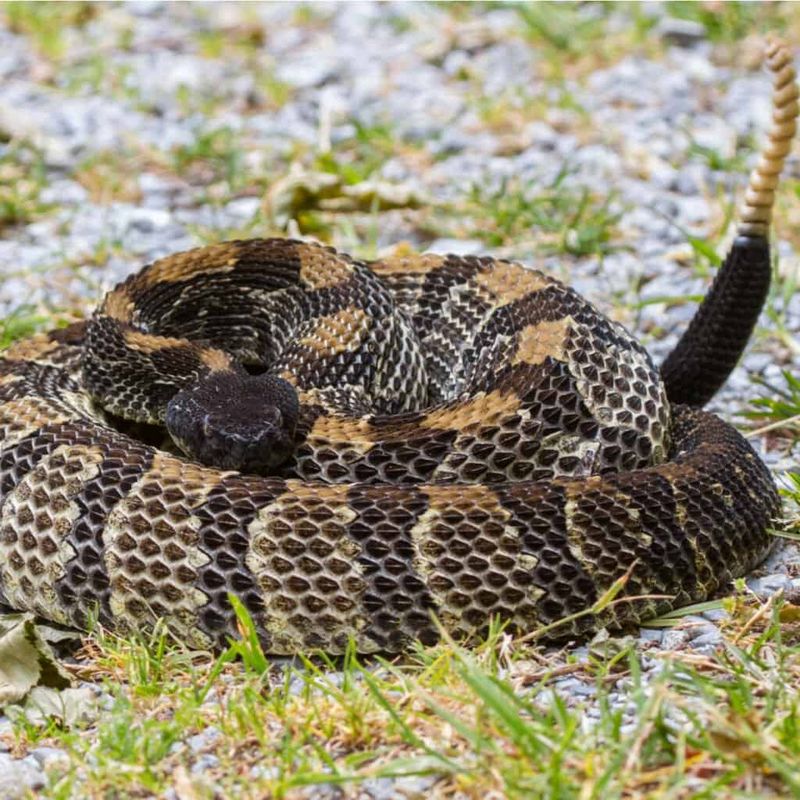
Tennessee’s ridges and forests are ideal for the Timber Rattlesnake, which is well-adapted to its cool, forested environment. These snakes are often seen coiled in rocky areas.
When hiking, it’s crucial to stay on trails and be mindful of where you step. Listening for their rattle helps prevent close encounters.
Rattlesnakes in Tennessee play an essential role in pest control, supporting the ecosystem by maintaining a balance in prey populations.
Missouri
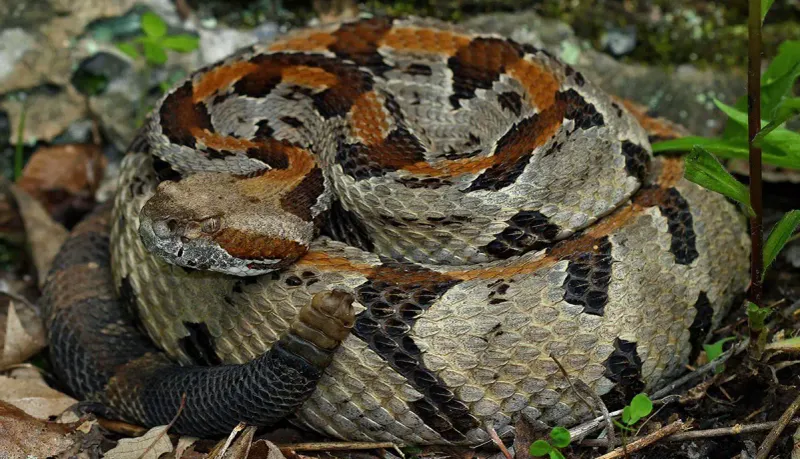
Missouri’s grasslands and forests provide an excellent habitat for the Timber Rattlesnake. These snakes are adept at staying concealed in tall grass.
Outdoor enthusiasts should be cautious when exploring these areas. Staying on paths and listening for rattles can help avoid surprises.
Rattlesnakes in Missouri contribute to the ecosystem by keeping rodent populations in check, ensuring a balanced natural environment.
Kansas
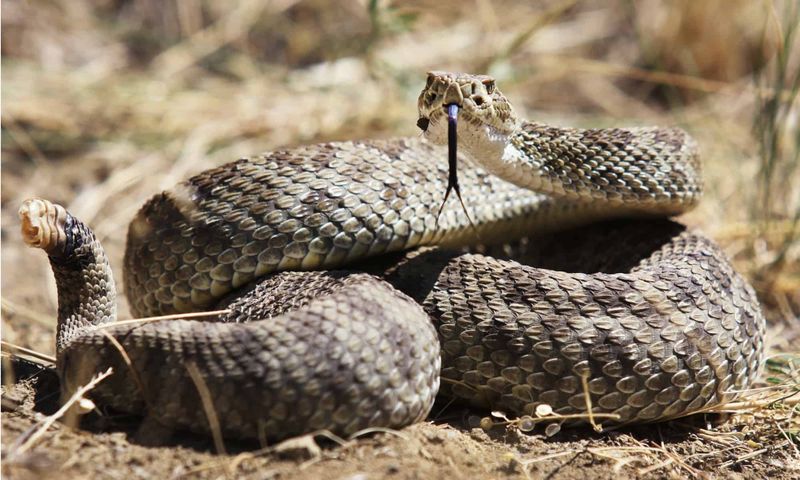
Kansas’ vast prairies are home to the Prairie Rattlesnake, which thrives in its open, grassy landscapes. These snakes are often found near rocks and shrubs.
Hikers in Kansas should be alert to their surroundings. Wearing boots and staying on marked trails can prevent encounters with these reptiles.
Rattlesnakes are crucial for controlling pest populations in Kansas, playing a significant role in maintaining ecological balance.
Louisiana
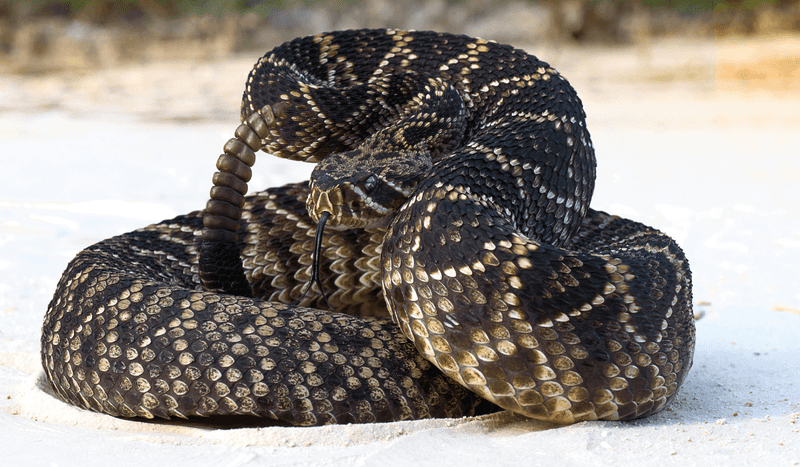
Louisiana’s swamps and forests provide an ideal habitat for the Canebrake Rattlesnake. These snakes thrive in the state’s warm, moist environments.
While exploring Louisiana’s wild areas, it’s wise to watch where you step and listen for their distinctive rattle. Keeping to paths ensures safety.
Rattlesnakes are essential for controlling small animal populations, supporting the health and balance of Louisiana’s ecosystems.
Mississippi
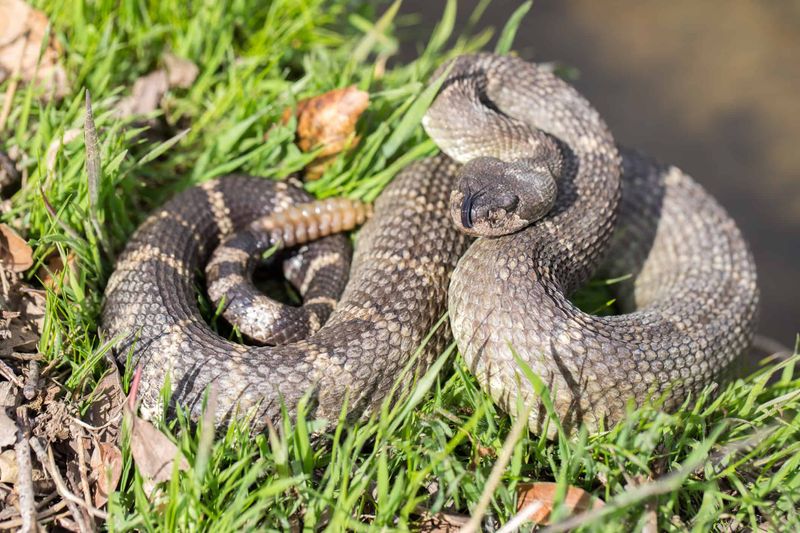
Mississippi’s bayous and forests are home to the Pygmy Rattlesnake, a small but significant predator in its ecosystem. These snakes are often seen in underbrush.
Visitors to Mississippi’s natural areas should be cautious and aware of their surroundings. Keeping to clear paths and listening for rattles minimizes risks.
Rattlesnakes in Mississippi help maintain ecological balance by controlling pest populations, supporting the health of the environment.

